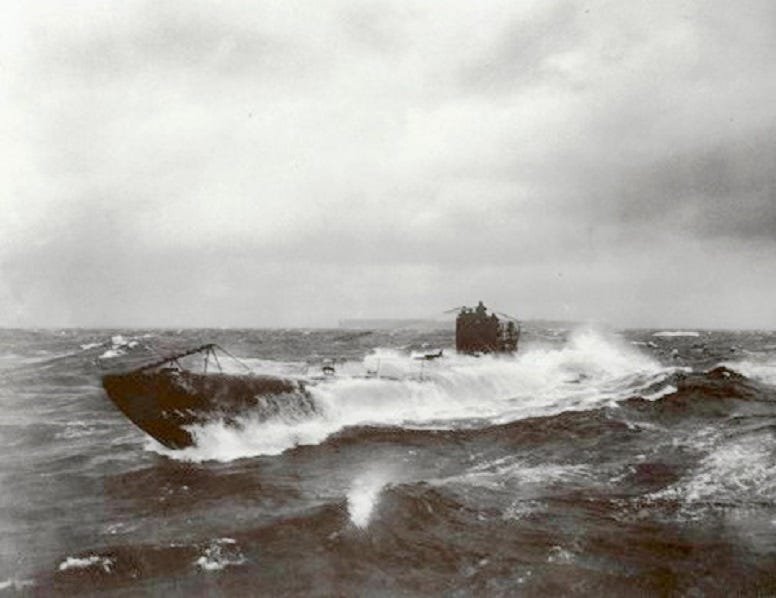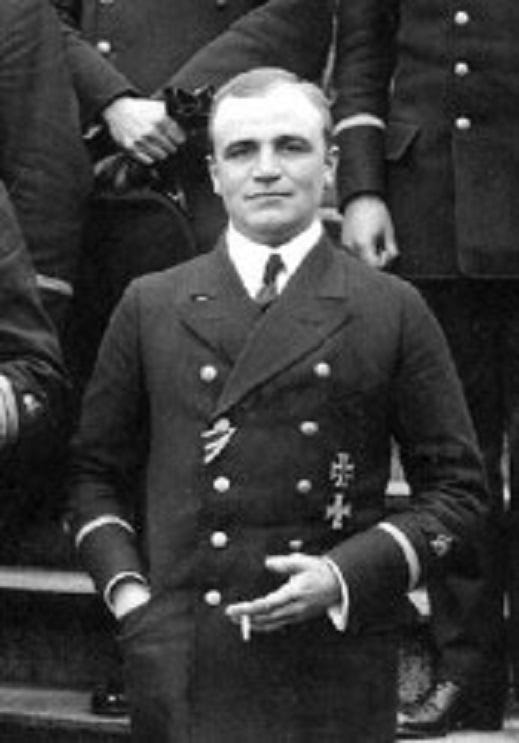WWI SUBMARINE FOUND WITH DEAD SAILORS STILL ABOARD
Off the coast of Belgium a WWI German submarine was found basically intact and with the bodies of 23 sailors inside.
In 2017, authorities said an Unterseeboot, commonly known as a U-boat, UB II-type diver was found on the floor of the North Sea lying on its starboard (right-hand) side at about a 45 degree angle, between 82 to 98 feet below the surface. The boat measured 88 feet long and nearly 20 feet wide.
The wreck lies in the water off Ostend. The Germans occupied the entire Belgian coast during World War I. The discovery was a surprise because there was no record of a German sub sinking at that location.
The U-boat was re-discovered by researchers conducting a government survey of Belgian waters in 2014.
While mostly intact, the vessel did sustain some damage at the front. It appears that the sub may have struck a mine with its upper deck while two torpedo tubes have been destroyed. A lower tube is intact and closed.
According to marine archaeologist Tomas Termote, both of the periscopes on the wreck were bent at a forward angle. He thinks this was caused when a British warship rammed it near the surface, however it hit a mine before reaching friendly waters.
Termote explained:
She’s been on the chart since 1947. In the 1980s, she was identified as an upturned landing craft, like the ones in Saving Private Ryan. So it didn’t sound very interesting. A sonar indicated this was obviously not a landing craft. It wasn’t shaped like a biscuit tin, but like a cigar, with two pointy ends and a tower in the middle. The surveys also give you the length, and this was 26 or 27 meters. I was like, Bloody hell! This has to be a submarine!
He believed the original faulty identification threw other wreck hunters off the scent. Termote made six dives after this initial discovery.
Around 18 German U-boats were stationed with the Flanders Flotilla in Bruges between 1915 and 1918. Thirteen of them were destroyed.
In November, 2017 Termote made a dive to the wreck in order to find evidence to identify the U-boat. He was cleaning a torpedo tube when a 10 centimeter plaque came free with an inscription of UB-29.
UB-29 was based in Bruges as part of the Flanders Flotilla. Herbert Pustkuchen was at the helm when it was launched in March, 1916. Pustkuchen ranked 31 among 37 commanders who sank 100,000 tons of Allied shipping. He was considered one of Germany's most dreaded U-boat captains who won two Iron Crosses, and the Royal House of Hohenzollern. He went down with his crew in June, 1917 when the UC-66 he commanded was bombed by a Curtis flying boat near the Scilly Isles. The wreck was found in 2009.
UB-29 then came under the command of a new captain, Erich Platsch. It's been determined that the HMS Landrail rammed it on December 13, 1916, and then dropped depth charges over it. Termote believes this is what bent the periscopes at the same angle. It limped along towards home, when one of the twisted periscopes hooked a mine dragging it onto its hull.
The crew did not die immediately, and some no doubt shot themselves to avoid the agony of drowning slowly. Their remains are still inside UB-29. Its exact location was not published, in order to enable further research and protection of the site.
German Ambassador Ruddier Ludeking said his nation wanted the submarine and the 22 sailors' bodies to remain in their underwater grave.
In 2017, another German U-boat was found off the Scottish coast. Experts believe it could be the UB-85, a submarine which was sunk by HMS Coreopsis in 1918. Engineers laying undersea power cables for the Scottish Power and National Grid came across it.
Sonar images reveal it was mostly intact.
Unlike the u-boat off the coast of Belgium, the entire crew abandoned the ship. Some claimed they were attacked by a "sea monster".
According to Gary Campbell, keeper of the Official Sightings Register of the Loch Ness Monster, "The area of sea where the attack took place has a history of sea monster sightings, they have ranged from the north coast of Wales to Liverpool Bay. What the German captain said could well be true."










